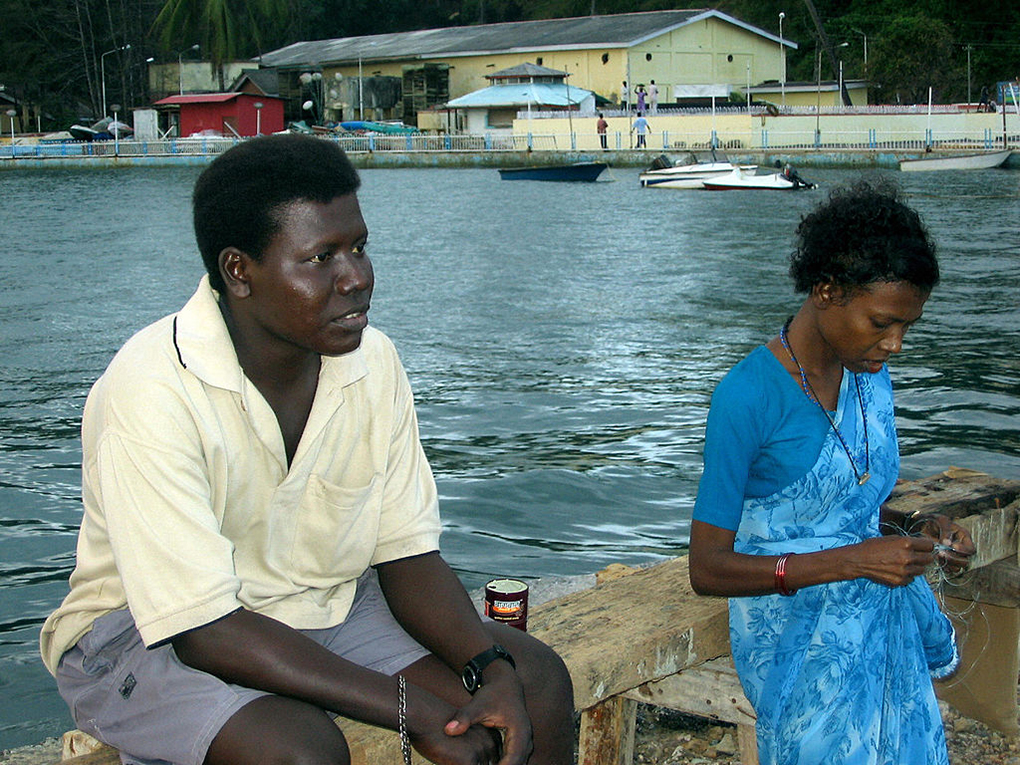The Andaman Islands is an archipelago of the Indian Union comprised of around 300 islands. Located in the Bay of Bengal, the islands are home to a group of tribes known as ‘Negritos’ due to their dark skin color. There are four existing Andamanese tribes: the Great Andamanese, the Onge, the Jarawa, and the Sentinelese.
According to Culture Trip, a genetic study by the Centre for Cellular and Molecular Biology proves that the people of these tribes arrived from Africa up to 65,000 years ago, making them the very first inhabitants of India.
The tribe that is now known as the Great Andamanese was once made up of ten different tribes. These people lived in isolation until the 1800s, resisting contact with outsiders. They fought off British invaders once, however, eventually they were overpowered. A huge portion of their male population was killed in the fighting. And according to Go2Andaman.com, “Imported diseases, to which the islanders had no immunity, further affected the population and by 1901 only 625 Great Andamanese were left.”
//www.instagram.com/embed.js
Today, the Jeru and Bo tribes are the only ones remaining of the Great Andamanese in the Andaman Islands. With only around 43 of them living, they are an extremely endangered tribe.
Based on information from the organization Survival International, the other tribes of the Andaman Islands are also incredibly small. The Onge have a population of roughly 100; the Jawara, 270; and the Sentinelese, between 50 and 250, according to estimates.
Traditionally, the people of the Andamanese tribes have been hunter-gatherers. Their native belief system consisted of animism and ancestor worship. While once an extremely linguistically diverse group of tribes, today most of their languages have unfortunately become extinct along with the numerous tribes that have vanished.
Of the remaining Great Andamanese, half speak Hindi, while the other half speak a modified version of the original Great Andamanese language. The languages spoken by the Jarawa and Sentinelese remain a mystery due to their continued isolation and reluctance to engage with outsiders.
//www.instagram.com/embed.js
Though there is documentation reporting individuals of the Jawara people have engaged with outsiders on a few limited occasions, the Sentinelese have remained extremely elusive and fiercely protective of their privacy. Outsiders who attempt to make contact or come onto their land have been turned away by a hail of arrows. It is this isolation that has allowed them to keep their identity and culture largely in tact and untainted.
According to Nature Asia, “John Allen Chau, an American citizen, reportedly a missionary visiting the North Sentinel Island, was killed by the Sentinelese tribesmen on 17 November 2018.”
Chau paid local fishermen to take him to North Sentinel, where he intended to introduce the tribes’ people to Christianity. Instead, he was met with their arrows. His death gave rise to discussions regarding the morality of attempting contact with isolated tribes who obviously do not wish to be contacted.
//www.instagram.com/embed.js
Naturally, people are intrigued and curious about the tribes. However, the Government of India, recognizes and respects the tribes’ desire for seclusion. It currently maintains a no-contact policy towards them and has designated their lands as off limits to trespassers, including the 500,000 tourists who visit the islands every year.
Despite the desire of scientists, adventurers, and other outsiders to learn about and understand the culture and way of life of these tribes, people must learn to respect the privacy and boundaries of others rather than selfishly following their own inclinations and reducing them to human study subjects or exhibits.
Related: The Siddis: India And Pakistan’s Little Known African Tribe





